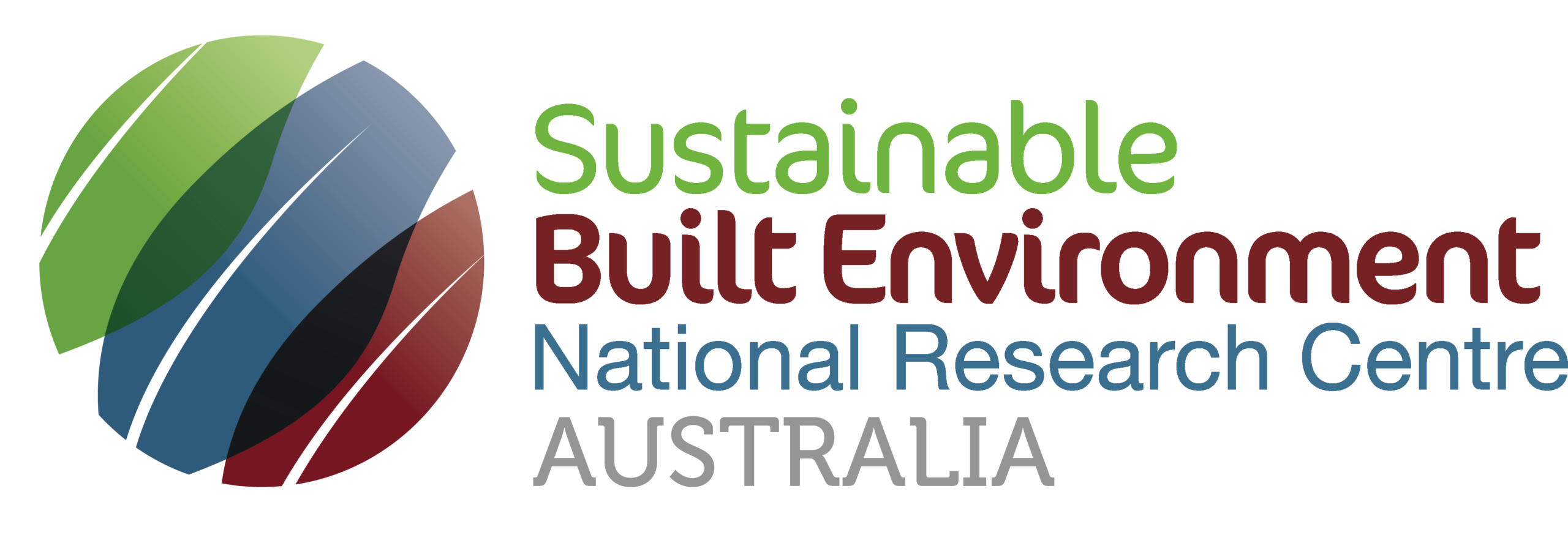
2.96 Achieving Decarbonisation by Reducing Embodied Carbon Through Procurement

Project Number
2.96Round
Round 9Date
April 2023 – September 2024Research Team


Project Leader
Associate Professor Yingbin Feng
BEng MSc PhD
Western Sydney University
Y.Feng@westernsydney.edu.au
Documents for Downloading
Video
Full video – P2.96 Achieving Decarbonisation by Reducing Embodied Carbon Through Procurement (February 2025)
Previous Research
P2.86 Developing Sustainable and Resilient Supply Chains (2021 – 2023)
P2.76 Sustainable Procurement (2020 – 2021)
This project aims to drive reductions of embodied carbon in the Australian built environment by leveraging organisations’ purchasing power and enhancing their procurement processes and practices. The pathways and strategies, methodology, tools and guidelines developed in this project will help the Australian built environment sector to improve tendering and procurement practices and unlock the potential of embodied carbon reduction throughout their supply chain. The project outcomes will contribute to achieving Australia’s plan to achieve net zero emissions by 2050.
Objectives
The specific objectives of this project are:
- To examine the pathways for improving tendering and procurement practices to reduce embodied carbon.
- To understand supply chain emission landscape and determine embodied carbon reduction baselines and targets.
- To develop procurement criteria and checklist against embodied carbon reduction targets and legal obligations while maintaining the value for money outcome.
- To develop guidelines for updating procurement documents including contracts to include embodied carbon reduction and incentives clauses.
Industry Outcomes
This project expects to deliver the following key industry outcomes:
- Pathways and strategies that may guide the public and private organisations in the built environment to improve their tendering and procurement practices and leverage their purchasing power to unlock the potential of embodied carbon reduction.
- Methodology, tools and guidelines that can be used by industry participants to operationalise their embodied carbon reduction targets in tendering and procurement. The outcomes will help the industry participants to prioritise efforts, set the targets, design selection criteria, and update procurement documents including contracts while maintaining value for money outcome.
- Creation of built environment industry capability to support low carbon initiatives in manufacturing, design and implementation across the industry.











